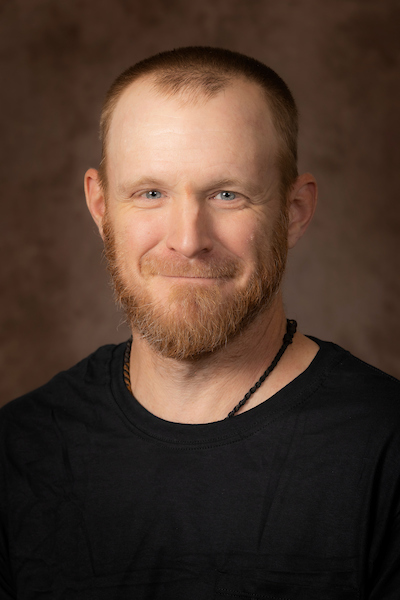Steve Zelski
Education
- Ph.D., Plant Biology concentration in Mycology, University of Illinois at Urbana-Champaign / Urbana, IL
- M.S., Plant Biology Concentration in Mycology, University of Illinois at Urbana-Champaign / Urbana, IL
- B.S., Biology, University of Illinois at Urbana-Champaign / Urbana, IL
Research Interests
My research focuses on the Kingdom Fungi which is is estimated to consist of approximately 3.5-5.1 million species. Of the 97,861 described species described species, approximately 64,000 belong to the phylum Ascomycota, fungi that reproduce asexually by producing conidia or sexually by producing ascospores in sac-like structures called asci. Ascomycetes occupy nearly every habitat on Earth. They are reported from such disparate locations as Ernest Shackleton’s camp in the Antarctic to the high temperature geothermal formations in Yellowstone National Park. They can be found in frigid ocean trenches and in high altitude streams. Ascomycetes perform heterotrophic roles, though when lichenized, they become part of a producer cooperative. Fungi are plant and animal pathogens, saprobes, and symbionts.
My main interest is in freshwater ascomycetes that represent a relatively unstudied, taxonomically broad group of species. The group consists of species that spend the majority of their life cycle in water (indwellers) and species that may only spend part of their life cycle in freshwater (transients). Freshwater ascomycetes have been studied in depth only over the last 60 years with the father of the discipline, C.T. Ingold, focused on freshwater hyphomycetes whose spores accumulate in stream foam created by running water. His studies opened up the realm of aquatic filamentous fungi which reproduce asexually, and are typically associated with submerged substrates such as leaves and herbaceous material, as well as woody debris.
This work preceded DNA sequencing, and thus it was not known that the majority of these new taxa were members of the Ascomycota. My research focuses on mapping distribution patterns, ecological gradients, and using molecular data to tease out phylogenetic relationships among this ecological group of species.
Recent Publications
Zelski, S.E., Raja, H.A., Miller, A.N., Barbosa, F.R., Gusmão, L.F.P., and Shearer, C.A. 2011. Longicollum biappendiculatum gen. et sp. nov., a new freshwater ascomycete from the Neotropics. Mycosphere 2(5): 539–545.
Zelski, S.E., Raja, H.A., Miller, A.N., and Shearer, C.A. 2011. Chaetorostrum quincemilensis, gen. et sp. nov., a new freshwater ascomycete and its Taeniolella-like anamorph from Perú. Mycosphere 2(5): 593–600.
Zelski, S.E., Balto, J.A., Do, C., Raja, H.A., Miller, A.N., and Shearer, C.A. 2014. Phylogeny and morphology of dematiaceous freshwater microfungi from Perú. IMA Fungus 5(2): 425–438.
Zelski, S.E., Raja, H.A., Miller, A.N. and Shearer, C.A. 2015. Conioscypha peruviana sp. nov., its phylogenetic placement based on 28S rRNA gene, and a report of Conioscypha gracilis comb. nov. from Perú. Accepted, Mycoscience 56(3): 319–325.
Cortez, A.C.A., Souza, J.V.B., Coelho Da Rocha, L., Figueiredo, T.F., Sanches, M.A., Lima, A.K., and Zelski, S.E. In: Oliveira, L.A.; Fernandes, O.C.; Jesus, M.A. (Org.). Diversidade Microbiana da Amazônia. 1 ed. Manaus: Editora INPA, 2016, v. 01, p. 289-294.
Canto, E.S.M., Cortez, A.C.A., Monteiro, J.S., Barbosa, F.R., Zelski, S.E. and Souza, J.V.B. 2020. Composition and diversity of fungal decomposers of submerged wood in two lakes in the Brazilian Amazon state of Pará. International Journal of Microbiology (9): 1-9.

